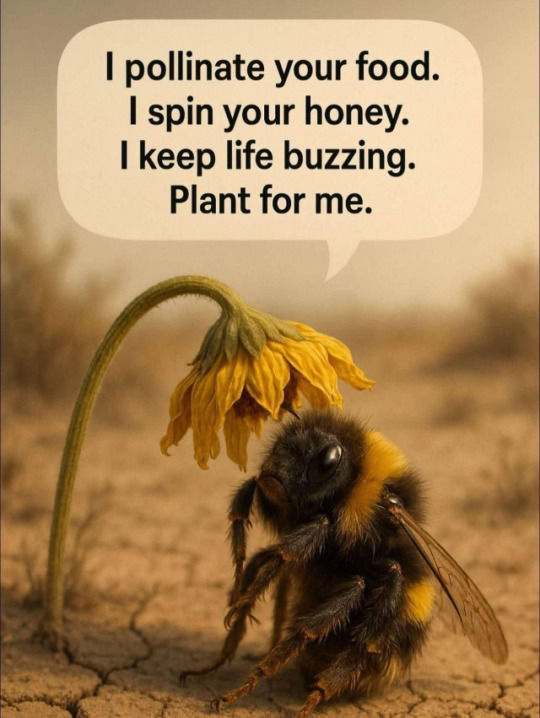Text
The Interesting Role of Peekaboo in Child Development

Understanding Peekaboo: The Basics
Peekaboo is a simple yet profoundly influential game typically played with infants and toddlers. The game involves an adult covering their face with their hands or a cloth, only to reappear moments later, exclaiming "peekaboo!" This activity captivates young children and produces joyful reactions, serving as more than just a source of amusement. Peekaboo is, in fact, a valuable contributor to a child's cognitive and emotional development, offering insights into the workings of a young brain.
The Role of Peekaboo in Cognitive Development
Peekaboo directly engages an infant's cognitive abilities. One core concept developed through this game is "object permanence," a term coined by renowned developmental psychologist Jean Piaget. Object permanence is the understanding that objects continue to exist even when they are out of sight. During the first few months of life, infants may not grasp this concept, which is why the disappearance and reappearance in peekaboo is mesmerizing and seemingly magical to them. As children's brains develop, playing peekaboo helps them solidify their understanding that objects and people persist, building a foundation for further cognitive growth.
Object permanence is a cognitive milestone typically developing in infancy—around 8 to 12 months of age—when an infant begins to understand that objects continue to exist even when they cannot be seen, heard, or otherwise sensed. While object permanence is more a function of cognitive development rather than a specific, localized brain function, several brain regions and systems are involved in its development.
Frontal Cortex
The frontal cortex, particularly the prefrontal cortex, plays a significant role in the cognitive processes associated with object permanence. This area is involved in managing complex cognitive behavior, decision-making, and moderating social behavior. During the first year of life, the prefrontal cortex is rapidly developing, contributing to the child's ability to form a mental representation of objects, which is critical for understanding object permanence.
Parietal Cortex
The parietal cortex is involved in integrating sensory information and is essential for spatial sense and navigation. It's instrumental in perceiving and understanding physical space, which indirectly contributes to concepts like object permanence by developing spatial awareness and the ability to track objects moving through a three-dimensional environment.
Visual Cortex
The visual cortex, located in the occipital lobe, processes incoming visual information. While it does not directly develop object permanence, it is foundational in providing the necessary visual inputs that are then used by the higher cognitive processes located in the frontal and parietal regions. The ability of the visual cortex to process and interpret visual stimuli aids in creating a stable visual representation of the environment, essential for recognizing that objects continue to exist even when out of sight.
Connectivity and Neuroplasticity
Development of object permanence is also heavily dependent on the connectivity between these regions. As neural connections strengthen with experience and learning, the brain becomes more adept at complex tasks, such as maintaining the mental representation of objects.
Overall, while object permanence doesn't reside in a single part of the brain, it results from the interplay between perception handled by the visual cortex and cognitive processes in the frontal and parietal cortices. These areas work together as infants grow and engage with their environment, facilitating the development of object permanence through increased neural connectivity and cognitive development.
The Role of Peekaboo in Enhancing Anticipatory Skills
Peekaboo plays a significant role in developing a child's anticipatory skills by teaching them to predict outcomes based on prior experiences. As infants engage repeatedly in this game, they begin to anticipate the return of the familiar face with delight, gradually learning the pattern of disappearance and reappearance. This anticipation is crucial for cognitive processing, as it encourages infants to form expectations and predictions about the world around them.
Over time, these experiences contribute to more advanced cognitive functions, such as problem-solving and logical reasoning. By engaging in peekaboo, children learn to expect certain sequences of events, which lays the groundwork for understanding cause-and-effect relationships. This type of predictive reasoning is foundational for navigating complex social interactions and understanding the environment more broadly.
Peekaboo and Emotional Development
Beyond cognitive development, peekaboo significantly impacts emotional growth in young children. The game fosters a safe environment where infants can explore feelings of surprise and joy, helping them manage emotional responses. The predictable and non-threatening nature of peekaboo allows children to experiment with their emotions without fear of real-world consequences.
Interactions during peekaboo also strengthen caregiver-child bonds. The shared laughter and eye contact during the game foster trust and emotional connection between parent and child.
When to Play Peekaboo
Age Appropriateness
Around 3-4 Months: Babies begin to enjoy peekaboo as they develop better visual perception.
Around 6-9 Months: This is when peekaboo becomes particularly fun as babies start to understand object permanence—the concept that objects continue to exist even when they can't be seen.
Signs Baby is Ready
The baby can hold their head up independently.
They show interest in faces and react to facial expressions.
They follow moving objects with their eyes.
How to Play Peekaboo
Traditional Peekaboo
Cover your face with your hands or a cloth, and then reveal your face saying, "Peekaboo!". You can vary your tone and expression to keep it exciting.
Interactive Peekaboo
Use a toy or blanket to hide your face or the child's face, and gently uncover it. Encourage your baby to participate by hiding and revealing their own face with a small cloth.
Peekaboo with Objects
Hide a favorite toy under a cloth and then reveal it with a cheerful "Peekaboo!" Switch it up by hiding behind furniture and popping up where the baby can see you.
Benefits of Playing Peekaboo
Cognitive Development
Introduces the concept of object permanence, helping babies understand that things they can't see still exist.
Social Development
Enhances social interaction and bonding with caregivers through shared laughter and surprise.
Emotional Development
Builds trust as the predictable play reinforces that you will return and encourages babies to enjoy new experiences.
Language Skills
Introduces repetitive language and facial expressions, helping with early communication skills.
Tips for Successful Peekaboo
Pay Attention to Baby's Cues: Watch for signs of enjoyment or fatigue. If the baby seems disinterested or tired, it's okay to stop and try another time.
Adapt the Game: As the baby grows, modify the game to keep it challenging and fun, like using different props or playing in various settings.
Encourage Participation: As your baby gets older, encourage them to take the lead in the game.
Remember, the most important aspect of peekaboo is to have fun and enjoy the bonding time with your baby!
Source: The Interesting Role of Peekaboo in Child Development
140 notes
·
View notes
Text
The universe only pretends to be made of matter. Secretly, it is made of Love. Rumi
121 notes
·
View notes








